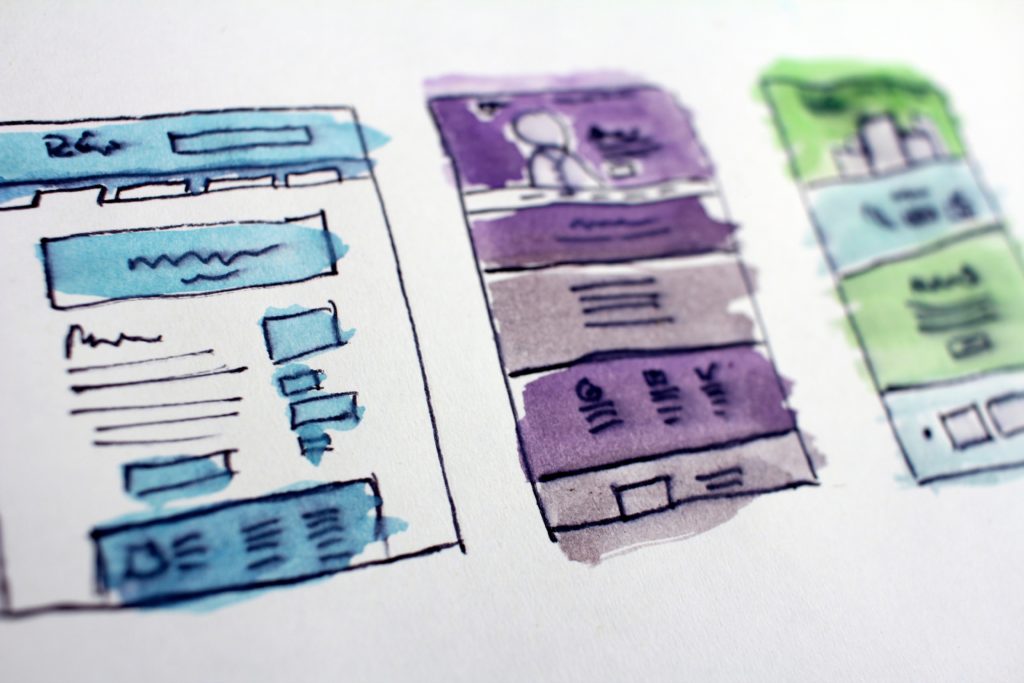According to a study by eMarketer, global e-commerce sales already cracked the 1,000,000,000,000 USD mark a few years ago.1 More than 70% of all consumers in Germany are already shopping on the Internet.2 As in previous years, online trading continues to grow inexorably. In addition to the undoubtedly great opportunities for all involved, this development is also exacerbating the downside of e-commerce: the tough price pressure.
At a time when 78% of consumers state price as the most important factor in their choice of retailer (see Fig. 1) and over 400 price comparisons, bargain blogs and voucher portals consistently direct millions of consumers every day to the cheapest offers, every company must align its pricing strategy even more consistently with the market.
Forrester research manager Sucharita Mulpuru therefore described dynamic pricing as the “e-commerce top trend” and predicted that dynamic prices would become a “must have”.
The systematic recording of competitive prices on the Internet enables a new quality of dynamic pricing. Amazon in particular has already recognised this advantage and is creating a further competitive advantage for itself. Other companies are already adjusting their prices to their competitors on a daily basis. The price war goes into the next run de.

In practice, the price strategy is often derived either internally by defining a certain contribution margin or externally via the ratio to the competitive prices. The king’s discipline, however, is a combination of both. Here at least one contribution margin per unit to be defined is achieved, but at the same time the demand and thus the turnover is optimised by using price elasticities in such a way that the total profit also increases taking into account the fixed costs.
While the company’s own cost structures are already precisely determined and optimized for this purpose, it is far more difficult to record competitive prices.
Using the brainbi software as an example, the following section shows how competitive prices can be systematically recorded and allocated on the Internet.
Conclusion & Outlook
The high price orientation of consumers forces companies to continuously adjust their prices. For this reason, more and more companies are relying on dynamic pricing. Competitive prices provide important information for price adjustments. Most companies currently still collect these prices manually.
However, this solution mainly reaches its limits when searching for and assigning data. This is why more and more companies are planning to use automated solutions for price monitoring on the Internet. One of the self-learning solutions is brainbi.
While a competitive advantage is achieved with automated competition monitoring and price optimization based on it, the use of these methods will be obligatory in a few years due to the growing price orientation in order not to suffer a competitive disadvantage.

Recent Comments